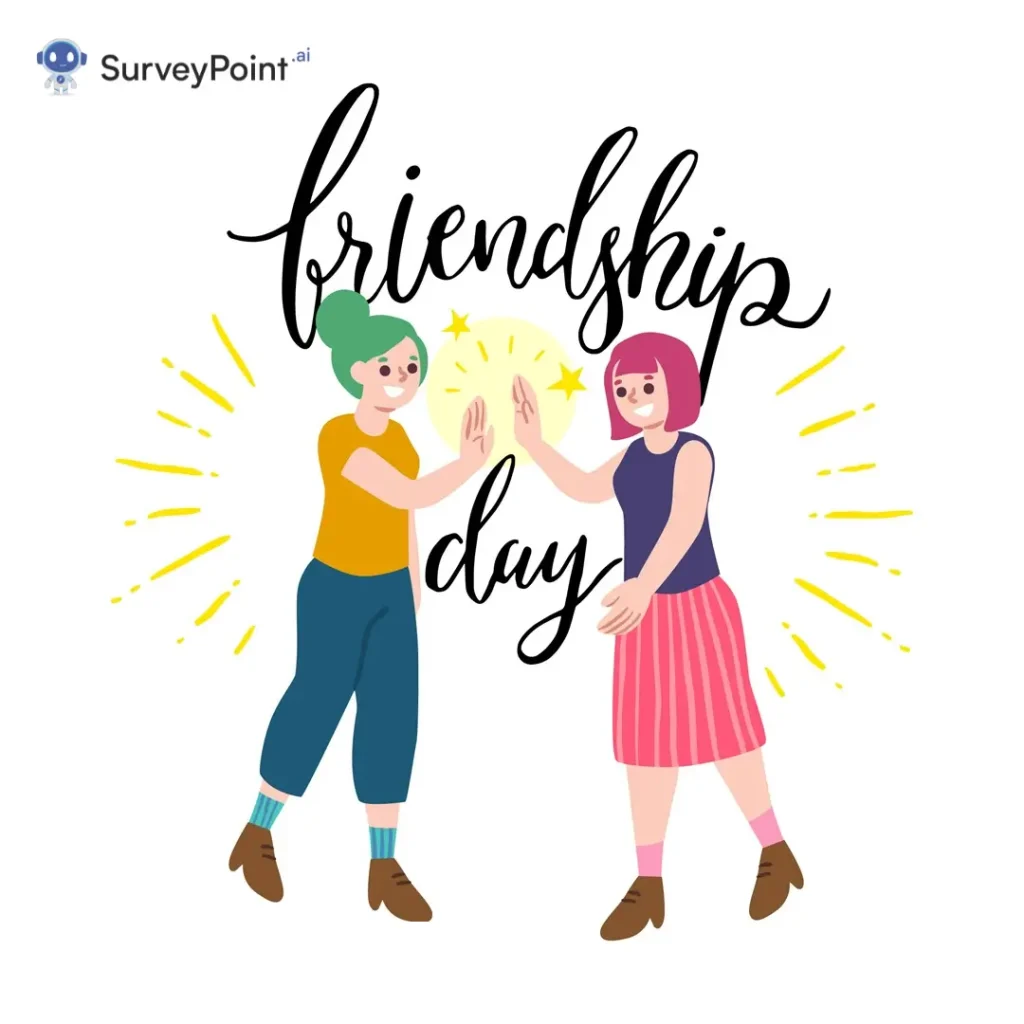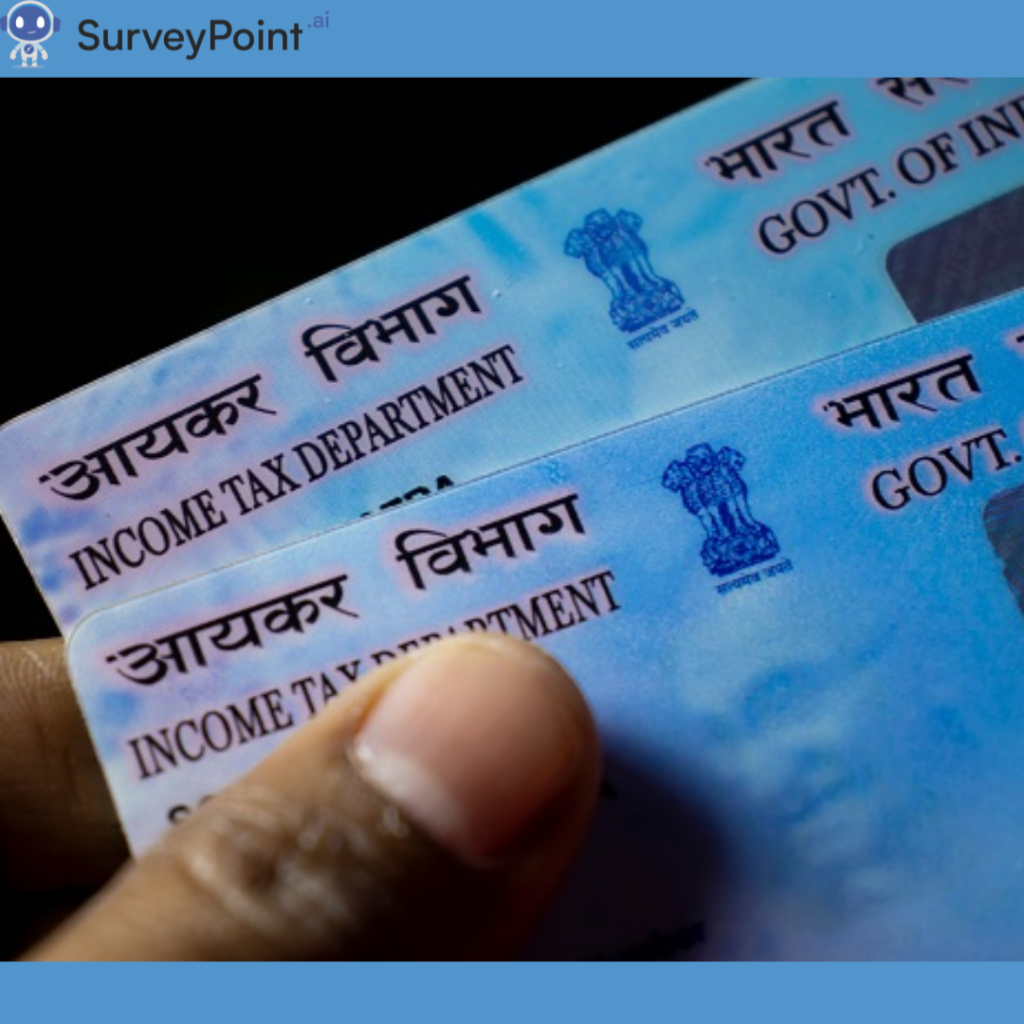
There’s no denying that survey makers strive for a flawless user experience for their respondents. And the right kind of questions plays a vital role in this process. However, most often struggle with it. Choosing the right question type is crucial to obtain accurate data and making informed decisions. Adding a double-barreled question to your survey can make things tricky for the respondent to answer.
But wait, what exactly are double-barreled questions? Is there a way to stay away from them? Moreover, should certain blunders be avoided while creating the survey?
Below, we’ll learn about all that and more.
What Is A Double-Barreled Question?
Simply put, double-barreled are a series of questions that are double-ended. In short, in this question type, you ask two questions but offer answer choices only for one of them.
This can sometimes happen due to editing errors or the respondent trying to keep the questions short and engaging. Besides sounding confusing, these questions can cover two entirely different topics and leave no room for personal opinion. This makes data analysis tricky and might stop you from collecting accurate information.
Usually, double-barreled questions include “and.” While this is not the only determining factor, “and” is pretty standard in such questions.
Related: What Is The Perfect Number Of Questions To Ask In An Online Survey?
Why Should You Avoid Double-Barreled Questions?
This one might seem obvious. If you include two questions in a single sentence or a question, you won’t be able to get accurate data. You would have to analyze the collected information based on assumptions. This might also affect your strategies, especially if you are conducting a survey to improvise a marketing or sales strategy.
To ensure the data you collect stays logical, you must include straightforward, easy-to-understand questions. Once you have jotted down all the questions, make sure to review them and conduct a test survey to check for any possible errors.
Examples Of Double-Barreled Questions
Here’s what a double-barreled question might look like:
Example 1: Do you find our software helpful and easy to use?
As you can see, this question asks two different types of questions. And, though they both are pretty good ones to ask, you can not include them in a single question. Sometimes, a product/service like software might be helpful but not easy to use. This will lead to inaccurate answers, which makes it difficult for the surveyor to figure out what the respondent was trying to say.
It’s usually preferred to add these questions into two different types. Consider these examples:
- Is the software helpful?
- Do you find the software easy to use?
Example 2: How often did you visit our clinic in the past 12 months, and how was the appointment booking process?
Like the example stated above, this question also has two barrels. Therefore, instead of combining them and keeping your question count low, you can ask two separate questions to make it easier for respondents to respond.
Consider the following:
- Was our appointment booking process convenient?
- How often did you visit our clinic in the past 12 months?
How To Avoid Double-Barreled Questions?
A double-barreled statement can be the easiest way to destroy your survey. So, what’s the trick to evading them?
Here are some tips you can keep in mind when making surveys:
Examine All Questions Closely
This one might seem the easiest. However, this is where most mistakes happen. So, before you send your questions in the form of a survey, make sure to look for signs like “and” and keep the questions extremely easy to understand.
Always Test Your Survey
Before you send out the survey to all the respondents, please test it and fill in one on your own. This will give you an opinion of your respondents’ feelings when filling out the survey. You can edit your survey easily if you have any doubts, especially if you are using SurveyPoint.
Bonus Tip: Other Question Types You Should Avoid
Double-barreled questions are not the only question type you should avoid. To ensure you add the right kind of questions to your survey, make sure to avoid the following question types:
Leading Questions
Leading questions are where you assume the answer. For example, How long have you been using our body lotion?
What if your respondent has never used your skin lotion before? In this case, you can use conditional logic to avoid leading questions. When you use this logic, all the questions will be filtered depending on how the respondent answered the previous question.
Ambiguous Questions
Ambiguous questions are something that is too general and not specific to look like a question. This can be misleading for most respondents, affecting your response rate. To avoid this question type, ensure to keep your surveys as straightforward as possible. Being transparent and specific reduces the chances of your respondents needing clarification.
What Should You Know About Writing Survey Questions?
Whether you are gathering huge data leads or just checking in with your customers about the quality of your products, the rightly built survey can prove invaluable. Here are some tips to help you answer the questions correctly.
- Keep Your Questions Close-Ended: Close-ended questions can help you generate quantitative data. This can help you measure variables and ensure that everyone fits in a particular category.
- Ensure All Questions As Neutral: It is important not to bias questions by expressing opinions in them.
- Consider The Answer Choices: Balance the answer choice count to either three or five.
- Avoid Asking Two Questions At Once: Again, avoid double-barreled questions and divide the question into two different ones to avoid confusion.
- Keep All The Questions Different: Another essential thing is to ensure that all the questions are different from one another and deal with separate topics.
Summing It Up
Including good questions in your survey can help your respondents quickly fill out the survey. And if you are looking for a tool to build surveys, you can use SurveyPoint. Within seconds, you can build a survey using a multitude of templates and themes provided by the platform.
Ready to Finetune Your survey questions?
Explore our solutions to collect accurate insights, boost ROI, and retain respondents.
No Payment Details Required • Cancel Anytime
Heena Shah – Content Writer at Sambodhi




